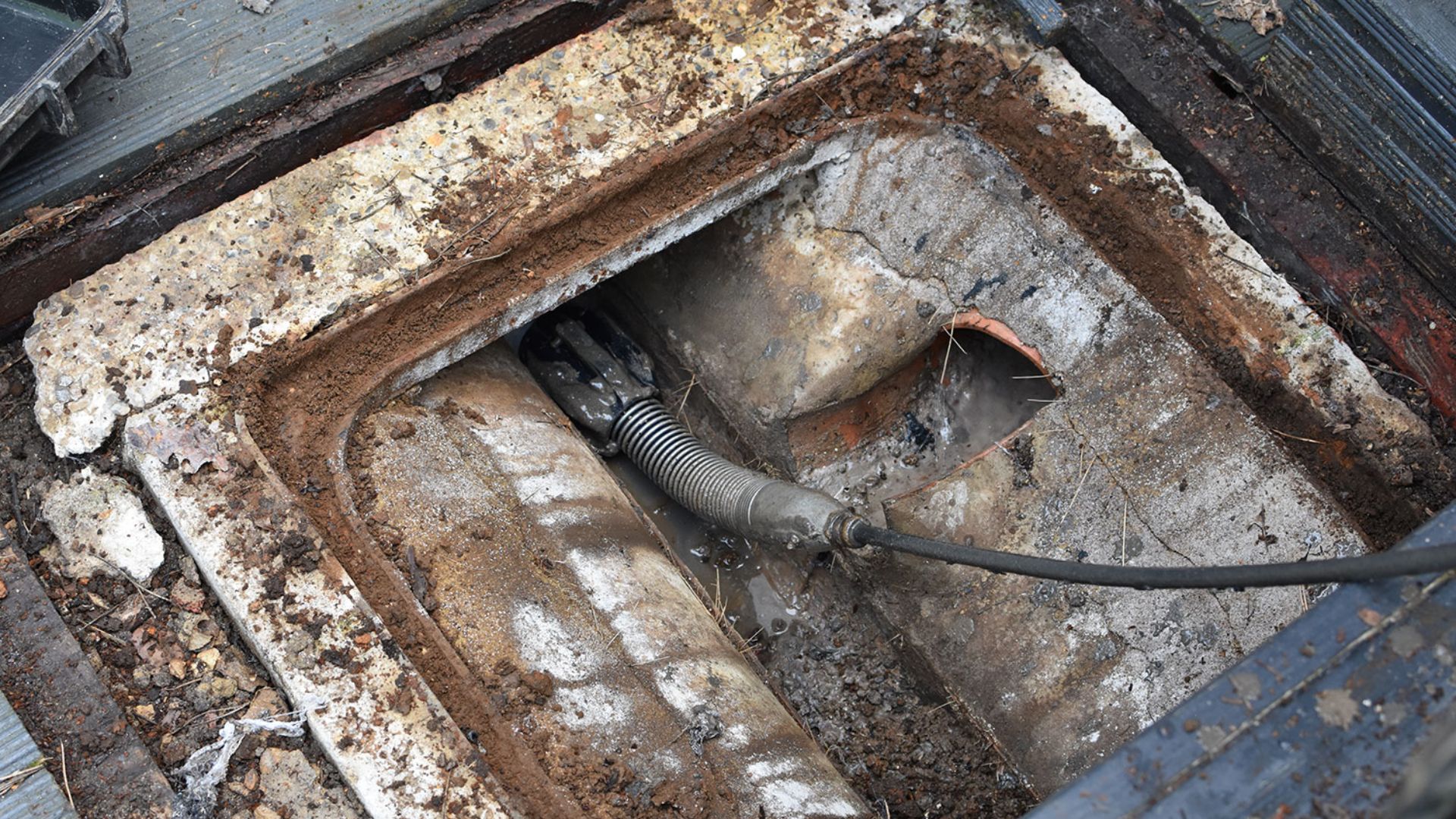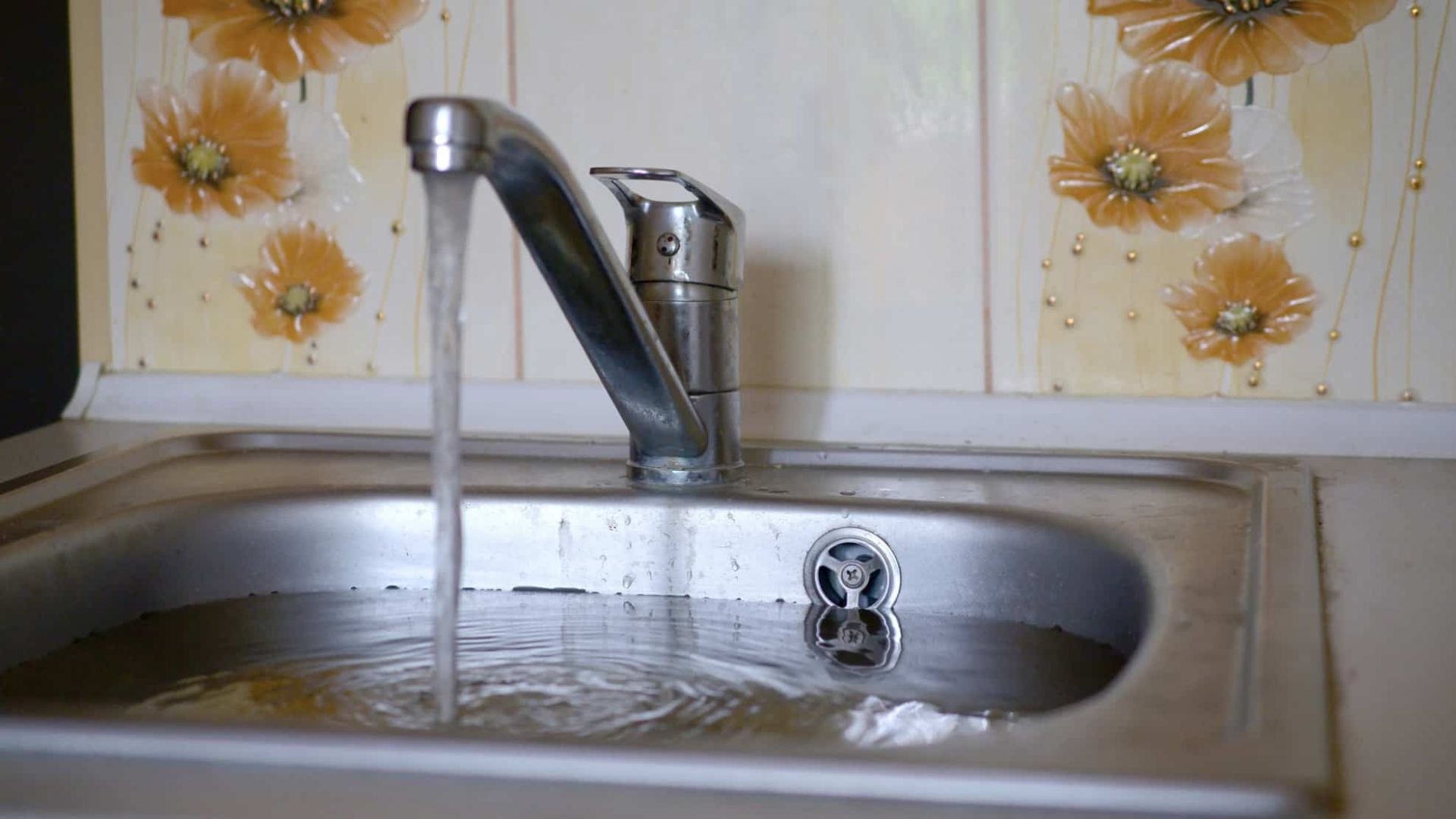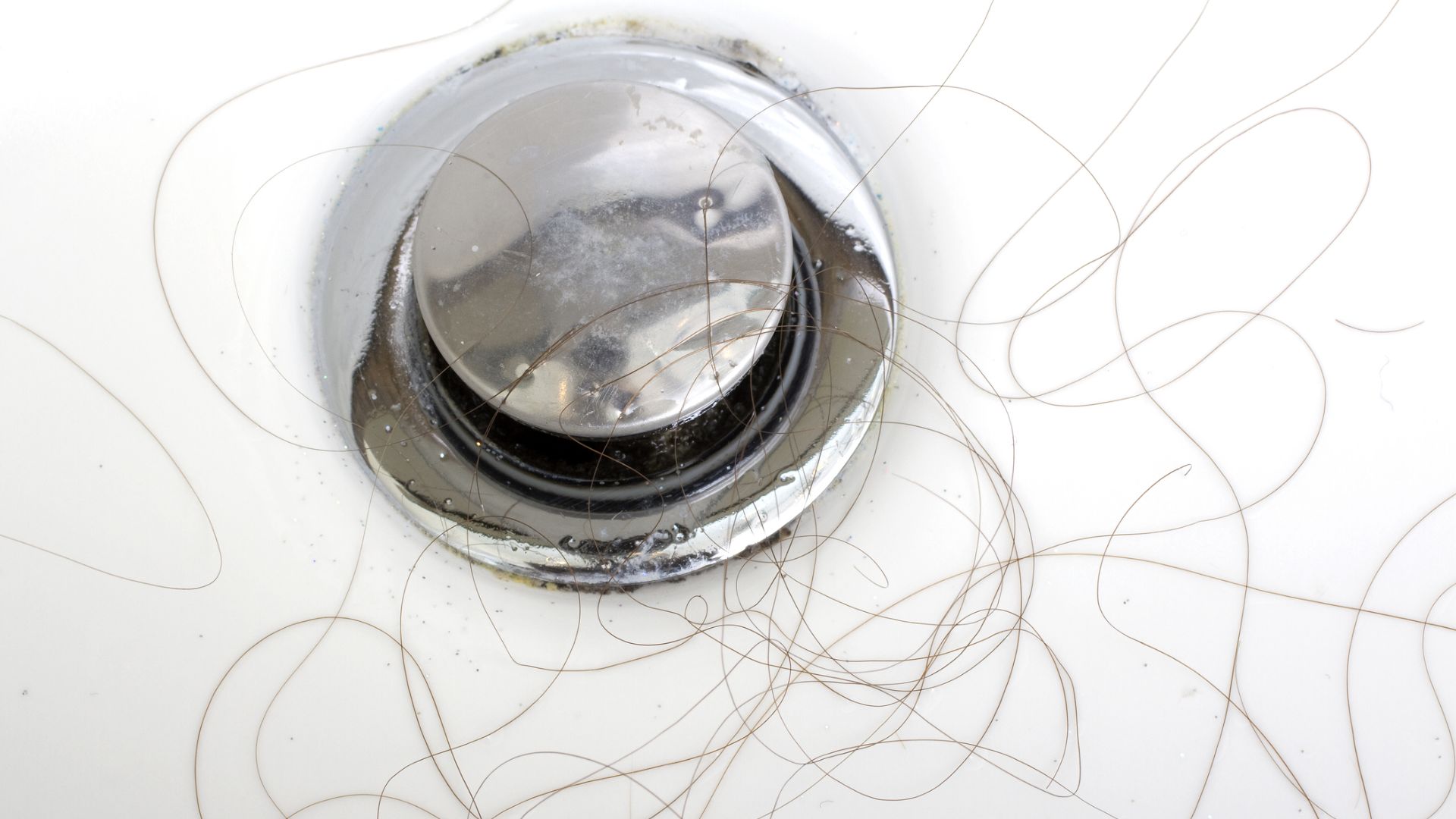7:00AM to 5:00PM

Dealing with a blocked drain or sewer line backup is every homeowner’s worst nightmare. The costs to clear those blockages and repair any damage can quickly spiral out of control. But here’s what most people don’t know – does your home insurance cover those nightmare plumbing scenarios? The answer isn’t so simple.
Standard home insurance plans cover specific types of damage but leave out regular wear and tear issues. So, determining if a drain blockage qualifies as a covered loss depends on what caused it and how bad it is. A slow build-up of gunk over time is probably not covered. A sudden collapse of your sewer line? Now, that might be reimbursed.
This article will break down the muddy waters around blocked drains and home insurance coverage. We’ll explain what standard policies usually cover, where they fall short, and what you can do if your insurer says no to your claim. Let’s get started.
When it comes to blocked drains, understanding what your home insurance does and doesn’t cover is crucial. Let’s look at the critical parts of a standard policy:

This pays to repair or rebuild your home if it is damaged. It would cover repairs needed due to a drain backup. However, gradual wear and tear is often excluded.
Reimburses belongings damaged on your property, like sewer water flooding a basement. Amounts vary but are usually over one hundred thousand dollars.
It pays additional living expenses, such as hotel costs, if you can’t stay home during repairs. Usually, it is a percentage of dwelling coverage.
It covers injury claims if someone gets hurt on your property, such as a guest falling due to water on the floors from a backup.
Provides smaller medical cost coverage for injuries on your property, typically a few thousand dollars.
Optional add-ons that expand coverage, like sewer and drain backups or sump pump overflows.
The devil is in the details, though. Most policies exclude “gradual deterioration” issues from coverage. And drain clogs that slowly build up over time would fall under regular home maintenance, which insurers see as the homeowner’s responsibility.
So when does a blocked drain situation shift from excluded “wear and tear” to a covered loss under your home policy? There are a few common scenarios:

A tree root abruptly cracks your sewer line, leading to backups and overflows. The sudden break and substantial damage make this an insurable incident.
An old, corroded cast-iron drainpipe collapses without warning, flooding your basement. The unexpected collapse and significant restoration need again point to a covered loss.
A drain clog leads to sewage backing up, which can cause unsanitary conditions, drywall/floor saturation, and furnace damage if water reaches mechanical systems. Insurers may cover the significant secondary damage even if the clog is excluded.
A drain overflow destroys walls, warps hardwood floors, or ruins finishings. The level of damage and repairs may compel an insurer to pay despite the underlying maintenance issue.
A storm sewer surcharge leads to backups despite well-maintained drains. Weather-related flooding still results in covered losses.
In each case, the suddenness, large-scale damage, health hazards, and restoration costs turn an ordinary clog into a covered loss. The key takeaway? Don’t assume a maintenance-related issue means automatic denial. The extent of damage plays a big role in determining coverage.
Finding out your insurance claim for a blocked drain was denied can be frustrating. But don’t panic yet – you still have several options to explore. Start by carefully reviewing your policy documentation to confirm the specifics around any exclusions for maintenance issues or gradual deterioration. Look for common verbiage referencing these types of exclusions. Understanding precisely what is and isn’t covered clarifies where you stand.

Next, have an open and honest conversation with your insurance agent. Discuss the unique circumstances surrounding your blocked drain and the extent of the resulting damage. If possible, provide photos that document the aftermath. Depending on your insurer’s approach, there may be some wiggle room. Calm, fact-based discussions are more productive than venting frustration after a claim denial.
Check whether your policy has applicable waiting periods that may impact coverage for pre-existing or recent drainage issues. Some insurers exclude claims arising in the first 30 days to prevent homeowners from filing for problems that existed when the policy took effect. If you’re still within a new policy’s waiting period, that could explain the denial.
Ask your insurance provider about optional add-on coverage for sewer/drain backups or sump pump overflows. These endorsements or riders can provide invaluable peace of mind at a low cost. If you don’t already have them, now may be the time to enhance your coverage.
When renewal time rolls around, compare plans from other insurers as well. Look for providers with more inclusive backup coverage on standard policies, which can prevent headaches down the road. For immediate next steps after a claim denial, contact a licensed plumber to inspect your drainage issue and provide repair recommendations and pricing. If the fix is minimal, you may pay out of pocket rather than continue to dispute the claim denial.
While insurance can provide some protection when drainage issues occur, the best approach is to prevent blockages in the first place. Maintaining your drains routinely and being mindful of what goes into them will minimise risks substantially.
Start by having all drains professionally inspected and cleared on an annual basis. This routine maintenance vastly reduces the likelihood of obstructions developing. Install screens or filters on drains to catch hair, debris, and other particles before they can accumulate in pipes.
Be diligent about what goes down drains in your home. Avoid pouring fats, oils or grease down sinks, as these can solidify over time and create nasty clogs. Also, be mindful of allowing any physical items, even small ones, to enter drains that could join together and cause blockages.

You can employ preventative solutions like using enzyme drain cleaners monthly to actively break down and clear out any naturally occurring organic build-up. For roots infiltrating sewer lines, have a plumber perform regular root-cutting maintenance to remove them before they grow and spread into clogs.
Eliminate risks from outdoor factors as well. Confirm any trees near your exterior drainage pipes or sewer lines are an appropriate distance away and do not interfere with the pipes. Ensure irrigation, rain drainage, and downspouts direct water away from your home’s foundation.
Finally, install cleanouts to provide ready access points for clearing any minor obstructions quickly before they worsen and create backups. Routine plumbing care goes a very long way in avoiding catastrophic line failures down the road.
Blocked drains and sewer backups can quickly create soggy, unsanitary, and expensive headaches. But, arming yourself with the right home insurance coverage and preventative maintenance is critical to avoiding financial catastrophes.
Review your current policy to understand exactly what it does and doesn’t include for gradual plumbing issues versus sudden damage. Discuss grey areas with your agent. Consider add-on endorsements to expand your safety net if gaps exist. Prevent problems proactively by having drains inspected and cleared routinely before they become entirely obstructed.
Take a thorough approach now to avoid dealing with the stinky, stressful and costly aftermath of a drain disaster later. Knowing your insurance coverage and maintaining your plumbing routinely gives you the upper hand to head off headaches. Your home will thank you! If you need help with blocked drains or submitting a plumbing-related incident to your insurance company – speak to our team of Gold Coast plumbers today!